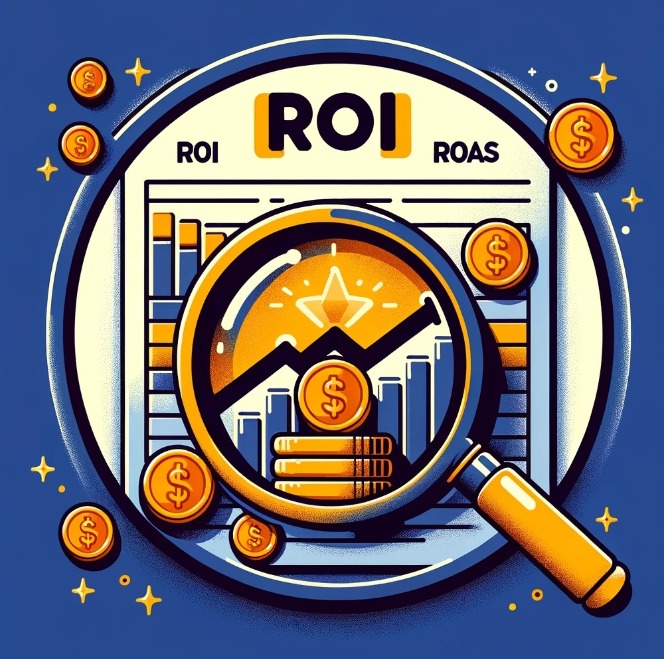
In the world of digital marketing, every penny spent on advertising counts. Return on Advertising Spend (ROAS) is a critical metric that helps businesses evaluate the effectiveness of their advertising efforts. In this comprehensive guide, we will delve into ROAS 계산법, providing you with valuable insights and strategies to make the most of your advertising budget. From understanding the basics to mastering advanced techniques, we’ve got you covered.
Understanding ROAS
ROAS, or Return on Advertising Spend, is a crucial metric that measures the revenue generated from advertising campaigns relative to the amount spent on those campaigns. It’s a key indicator of how efficiently your marketing dollars are being utilized.
What Is ROAS?
ROAS, short for Return on Advertising Spend, is a metric used by businesses to assess the effectiveness of their advertising campaigns. It measures the revenue generated from ads compared to the amount spent on them.
The Significance of ROAS
ROAS is a vital metric because it helps businesses determine whether their advertising efforts are yielding positive results. It provides insights into which campaigns are profitable and which need adjustments.
Calculating ROAS
Calculating ROAS is essential for making informed decisions about your marketing strategies. Let’s dive into the methods of calculating ROAS.
Basic ROAS Calculation
To calculate basic ROAS, use the following formula:
ROAS = (Revenue from Ad Campaign / Cost of Ad Campaign) x 100%
Advanced ROAS Calculation
Advanced ROAS calculations involve considering additional factors, such as customer lifetime value (CLV) and attribution modeling, for a more accurate assessment.
Strategies to Improve ROAS
Boosting your ROAS requires a combination of smart tactics and data-driven decisions. Here are some strategies to enhance your returns on ad spend.
Targeted Audience Segmentation
Segmenting your audience allows you to tailor your ads to specific groups, increasing the likelihood of conversions.
A/B Testing
A/B testing helps you identify which ad variations perform better, allowing you to allocate your budget wisely.
Conversion Rate Optimization
Optimizing your website and landing pages for conversions can significantly impact your ROAS.
Bid Optimization
Strategically adjusting your ad bids can help you maximize returns while minimizing costs.
Ad Quality Improvement
Creating compelling ad copy and visuals can increase engagement and conversions.
Leveraging Data for ROAS Optimization
Data is the backbone of effective ROAS optimization. Here’s how you can leverage data to your advantage.
Analyzing ROAS Trends
Regularly analyze ROAS trends to identify patterns and make informed adjustments to your campaigns.
Implementing Retargeting Campaigns
Retargeting campaigns can help you re-engage potential customers who didn’t convert initially.
Utilizing Analytics Tools
Invest in analytics tools to gain deeper insights into your ad performance and audience behavior.
Monitoring Competitor Strategies
Keeping an eye on your competitors’ advertising strategies can provide valuable insights for improving your ROAS.
Conclusion
ROAS 계산법 is a fundamental concept in the world of digital advertising. By understanding how to calculate and optimize ROAS, you can make more informed decisions, maximize your returns on ad spend, and ultimately achieve greater success in your marketing efforts. Remember that ROAS is not a static metric; it requires ongoing monitoring and adjustments to stay competitive in the ever-evolving digital landscape.